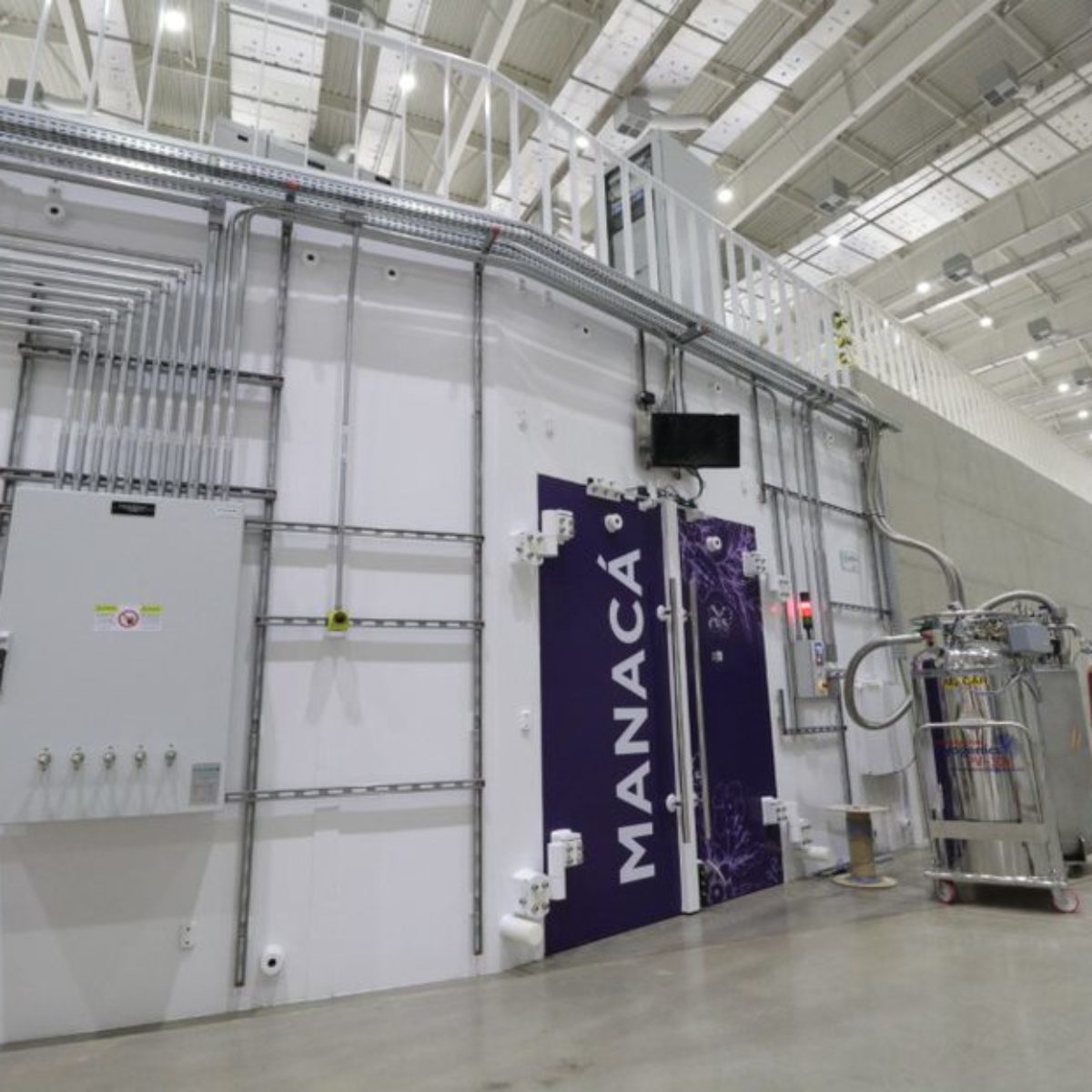
Exceptionally, LNLS opens a call for proposals for crystallography users who wish to analyze samples related to COVID-19
We are pleased to inform that Sirius has reached another milestone in its commissioning. In the last few days, the first experiments were carried out on the MANACÁ beamline. The initial tests reproduced structural data already reported in the literature, including the 3CL protein from SARS-CoV-2, indicating that the beamline, still in the scientific commissioning phase, is already able to generate reliable data.
In view of this milestone and considering the public health crisis caused by the COVID-19 pandemic, we invite, on an exceptional basis, researchers who have previous experience with the protein crystallography technique and samples related to the disease to submit their proposals to use the MANACÁ beamline.
Dedicated to macromolecule crystallography, Manacá employs the X-ray diffraction technique, and allows the study of the three-dimensional structure of human proteins and enzymes and pathogens, with atomic resolution.
Learn more about the first experiments clicking here.
Call for proposals on an exceptional basis
As of July 13, researchers dedicated to study the molecular mechanisms related to the action of the SARS-CoV-2 virus will be able to submit research proposals to use the Manacá beamline. The decision is part of an effort by CNPEM to make the tool available to the Brazilian scientific community dedicated to research on the new coronavirus.
These researchers must have previous experience in using a synchrotron beamline, especially with protein crystallography.
It is important to note that, at this moment, Sirius is still in the commissioning phase, which imposes some limitations for carrying out experiments. The MANACÁ beamline does not yet operate in the final configuration envisaged in the project.
Learn more about the Call for Proposals clicking here.
Sirius Commissioning
Since obtaining the first images by X-ray microtomography, in December 2019, the CNPEM team is fully focused on the commissioning of electron accelerators. Sirius currently works with a stable circulating current in the accelerators at around 5% of the current expected for its full operation.
The other beamlines of the first phase (CARNAÚBA, CATERETÊ, EMA, IPÊ, MOGNO) are in an advanced stage of assembly. Commissioning of the CATERETÊ beamline should begin within the next few weeks, after the installation of the undulator, equipment responsible for generating synchrotron light in this beamline.
Harry Westfahl Junior has served as LNLS’ scientific director since 2013, and coordinates Sirius’ beamline design and construction
Ricardo Rodrigues could unite enthusiasm, creativity, technical and scientific knowledge